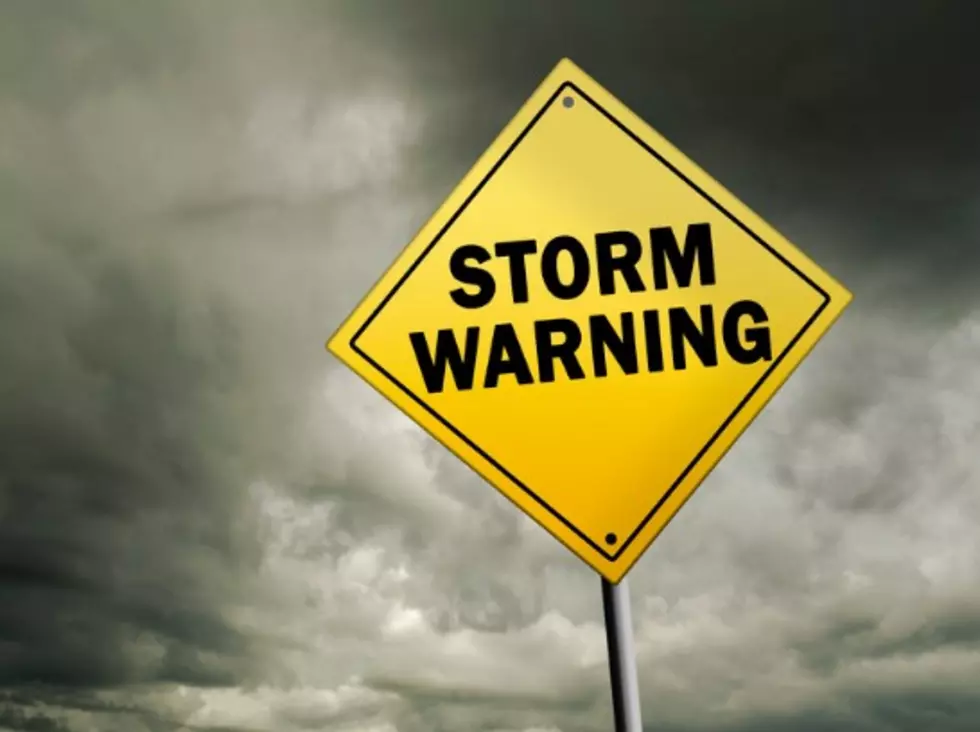Severe Weather Alert: High Winds And Fast Storms

Table of Contents
Understanding High Wind and Fast Storm Threats
High winds and fast storms encompass a range of severe weather phenomena, each with its own characteristics and dangers. Understanding the meteorological conditions that create them is the first step in effective preparedness.
These severe weather events are often driven by powerful atmospheric pressure gradients, resulting in rapid air movement. Several meteorological conditions can contribute:
- Thunderstorms: These powerful storms can produce damaging winds, heavy rain, hail, and even tornadoes. Wind speeds can easily exceed 50 mph (80 km/h).
- Tornadoes: These violently rotating columns of air are characterized by extremely high wind speeds, often exceeding 250 mph (400 km/h), capable of causing catastrophic damage.
- Derechos: These widespread, long-lived windstorms are associated with a band of rapidly moving thunderstorms, producing damaging straight-line winds that can extend for hundreds of miles.
- Tropical Cyclones (Hurricanes/Typhoons): While primarily known for their heavy rainfall and storm surges, tropical cyclones also feature powerful sustained winds that can cause widespread destruction.
Key terms to understand:
- Wind Speed: The speed of the wind, typically measured in miles per hour (mph) or kilometers per hour (km/h).
- Gust: A sudden, brief increase in wind speed.
- Downburst: A strong downdraft of air from a thunderstorm that spreads outwards upon hitting the ground, causing damaging winds.
- Storm Surge: A rise in sea level caused by the strong winds of a storm, particularly associated with hurricanes and typhoons.
Different types of severe weather and typical wind speeds:
- Gale-force winds: 39-46 mph (63-74 km/h)
- Storm-force winds: 47-63 mph (75-102 km/h)
- Hurricane-force winds: 74 mph (119 km/h) and above
Geographic areas most prone: Coastal regions are particularly vulnerable to storm surges and high winds associated with hurricanes and tropical storms. The central plains of the United States are prone to tornadoes and derechos.
Safety Precautions During High Winds and Fast Storms
Preparedness is paramount when dealing with severe weather. A well-defined emergency plan and readily available emergency kit are crucial.
Before the storm:
- Secure all loose objects outside your home (furniture, trash cans, debris).
- Trim trees and shrubs that could fall onto your house.
- Charge all electronic devices.
- Fill your car’s gas tank.
- Gather essential supplies (water, food, first-aid kit, medications).
During the storm:
- Stay indoors in a sturdy structure.
- Avoid windows and glass doors.
- Seek shelter in an interior room on the lowest level of your home.
- Monitor weather reports and alerts closely.
After the storm:
- Check for structural damage to your home.
- Avoid downed power lines – they may still be energized.
- Report damage to the appropriate authorities.
- Be aware of potential hazards like flooding and debris.
Monitoring Weather Forecasts and Alerts: Regularly check your local news, weather apps, or the national weather service for updates and warnings. Understanding the difference between a "watch" (conditions are favorable for severe weather) and a "warning" (severe weather is imminent) is crucial for taking timely action.
Protecting Your Property from High Winds and Fast Storms
Protecting your property requires a proactive approach, combining pre-storm preparations and understanding your insurance coverage.
Strengthening your home:
- Reinforce your roof and secure any loose shingles.
- Install impact-resistant windows or board them up.
- Secure your garage door.
- Trim trees near your house.
Protecting outdoor items:
- Bring in all loose furniture, grills, and other outdoor items.
- Secure your trash cans and recycling bins.
- Protect your vehicle by parking it in a garage or sheltered area.
Home Insurance: Ensure your home insurance policy adequately covers wind damage. Review your policy and understand your deductibles and coverage limits. Having an emergency fund to cover unexpected expenses is also highly recommended.
Identifying Signs of Approaching High Winds and Fast Storms
Recognizing the visual and auditory cues of approaching severe weather can provide invaluable time to prepare and seek shelter.
Warning Signs:
- Dark, ominous clouds, often with a greenish tint.
- Sudden changes in wind direction and speed.
- Loud rumbles of thunder.
- Large hail.
- Rotating clouds (a possible indicator of a tornado).
Understanding different levels of weather alerts (watch vs. warning) is crucial for timely action. A watch indicates that conditions are favorable for severe weather to develop, while a warning means severe weather is imminent or occurring.
Conclusion: Staying Safe During Severe Weather Alerts: High Winds and Fast Storms
Staying safe during Severe Weather Alerts: High Winds and Fast Storms requires a multi-pronged approach. Preparedness, through having an emergency plan and kit, is essential. Understanding the various types of severe weather, their associated risks, and recognizing warning signs are crucial for timely action. Protecting your property through preventative measures and adequate insurance coverage further mitigates potential damage. Remember to regularly monitor weather forecasts and heed all official warnings. Develop a comprehensive emergency plan today, stay informed about severe weather alerts, and take the necessary precautions to ensure your safety during future Severe Weather Alerts: High Winds and Fast Storms. For more information, visit your local National Weather Service website.

Featured Posts
-
 Usmc Tomahawk Cruise Missile Drone Truck Armys New Weapon System
May 20, 2025
Usmc Tomahawk Cruise Missile Drone Truck Armys New Weapon System
May 20, 2025 -
 Michael Kors Partners With Amazon And Suki Waterhouse For Exclusive Collection
May 20, 2025
Michael Kors Partners With Amazon And Suki Waterhouse For Exclusive Collection
May 20, 2025 -
 Giakoymakis I Kroyz Azoyl Ston Teliko Toy Champions League
May 20, 2025
Giakoymakis I Kroyz Azoyl Ston Teliko Toy Champions League
May 20, 2025 -
 Watch For Damaging Winds Fast Moving Storms
May 20, 2025
Watch For Damaging Winds Fast Moving Storms
May 20, 2025 -
 Post Nuclear Taiwan The Growing Importance Of Lng In The Energy Mix
May 20, 2025
Post Nuclear Taiwan The Growing Importance Of Lng In The Energy Mix
May 20, 2025
Latest Posts
-
 Reddits Viral Fake Disappearance A Sydney Sweeney Movie Plot
May 21, 2025
Reddits Viral Fake Disappearance A Sydney Sweeney Movie Plot
May 21, 2025 -
 Sydney Sweeney Glumi U Filmu Po Prici S Reddita
May 21, 2025
Sydney Sweeney Glumi U Filmu Po Prici S Reddita
May 21, 2025 -
 Viral Reddit Story I Faked My Own Disappearance To Become A Sydney Sweeney Movie
May 21, 2025
Viral Reddit Story I Faked My Own Disappearance To Become A Sydney Sweeney Movie
May 21, 2025 -
 Outrun Video Game Getting Big Screen Treatment With Michael Bay And Sydney Sweeney
May 21, 2025
Outrun Video Game Getting Big Screen Treatment With Michael Bay And Sydney Sweeney
May 21, 2025 -
 Outrun Movie Michael Bay Directing Sydney Sweeney Cast
May 21, 2025
Outrun Movie Michael Bay Directing Sydney Sweeney Cast
May 21, 2025
